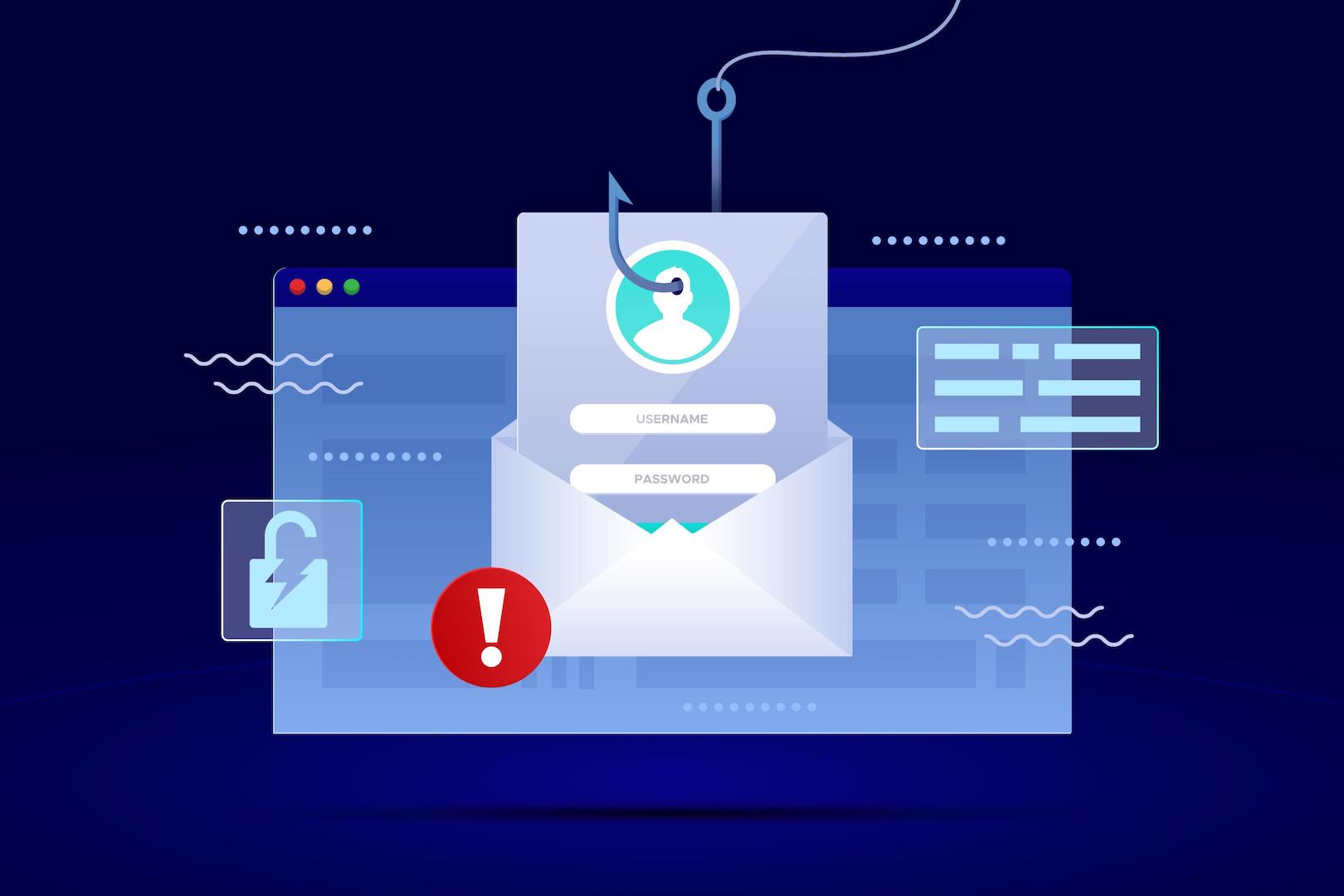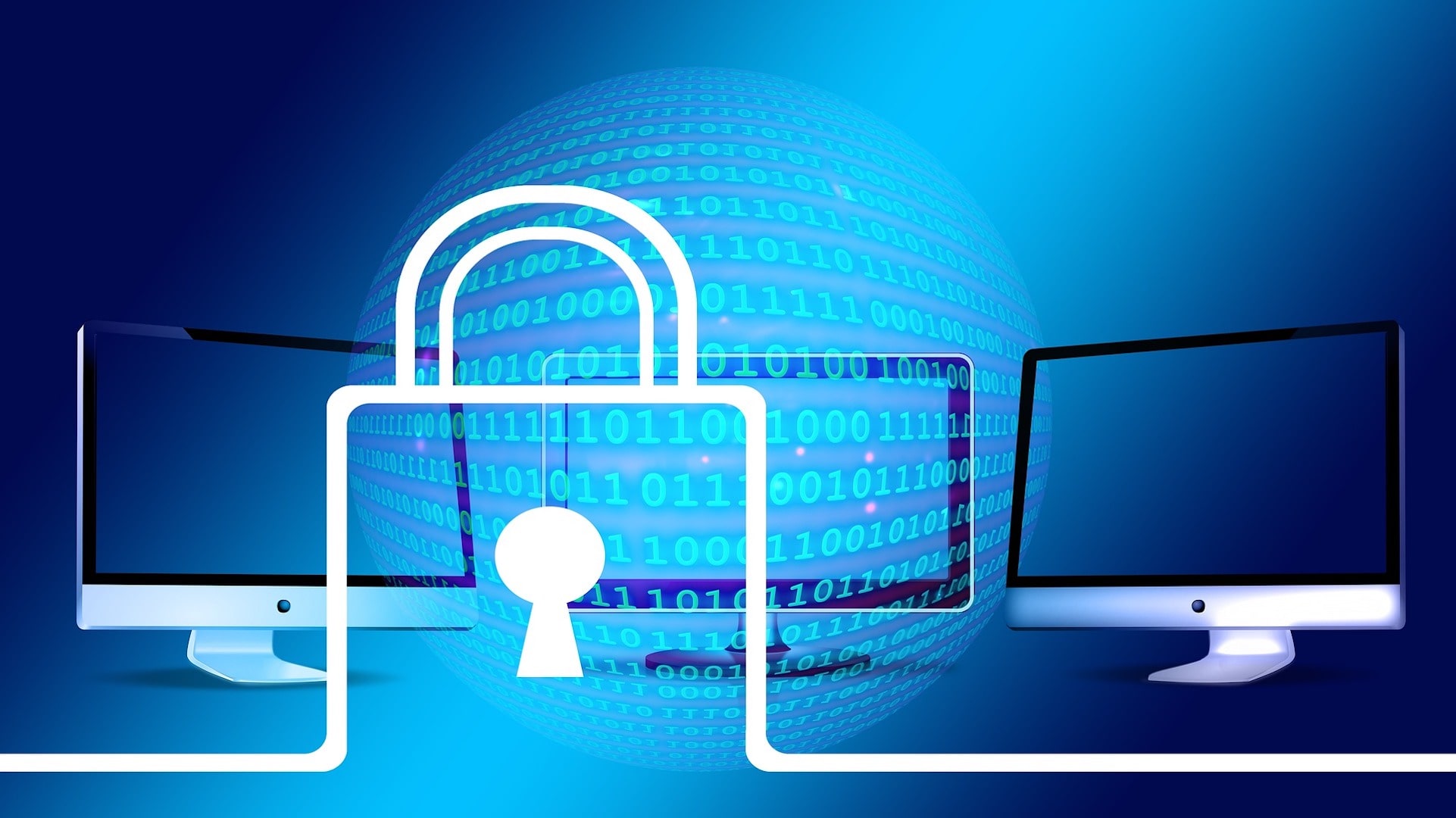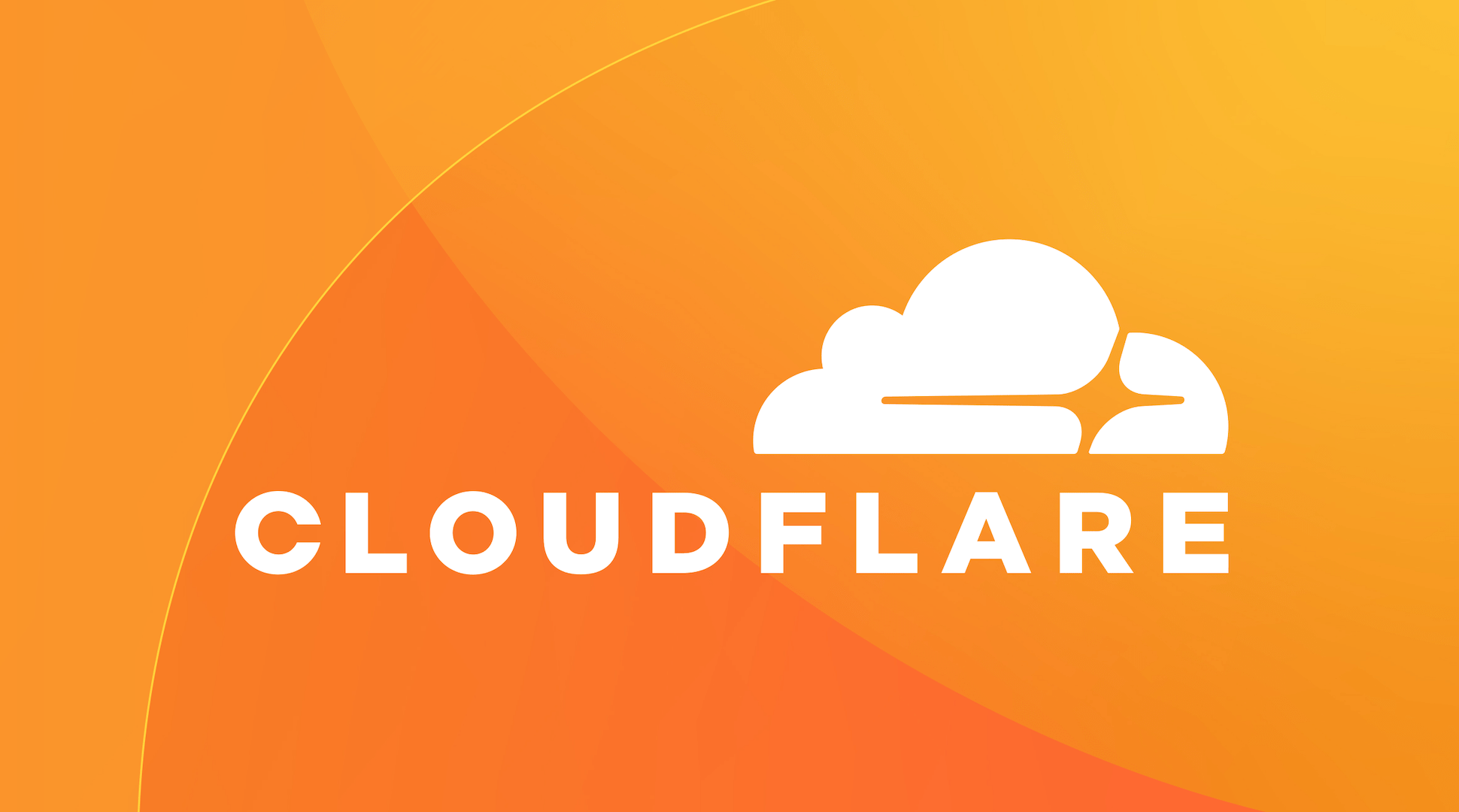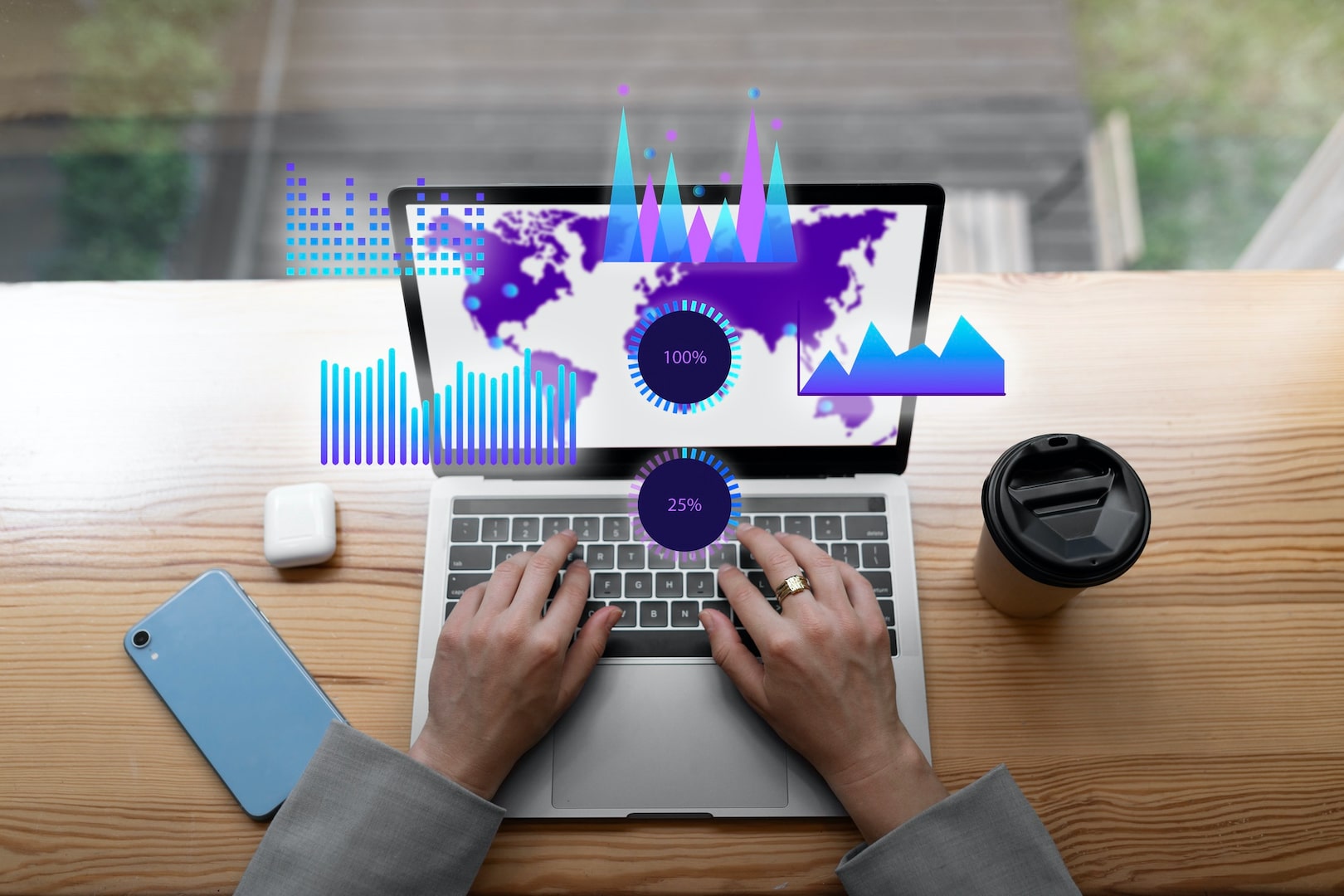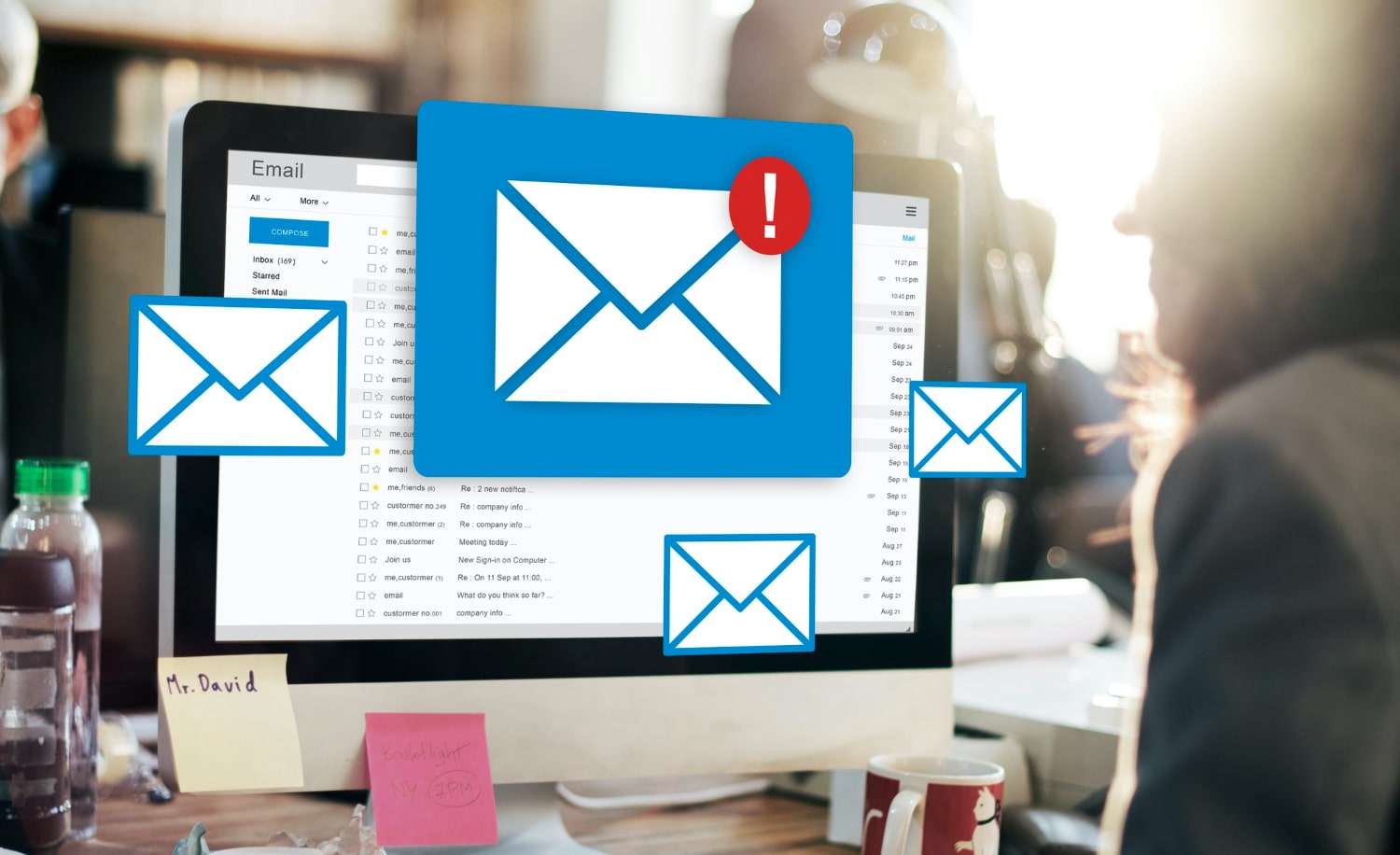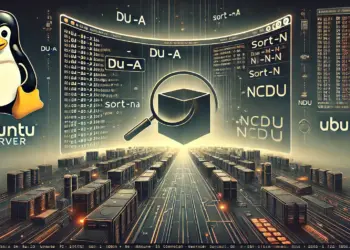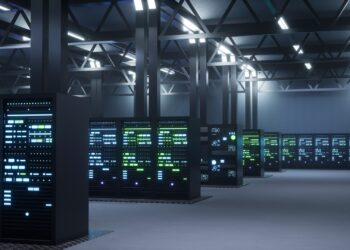The Internet has become a very important part of most of the smartphone and computer users, the number of internet subscribers is increasing rapidly. Everyone is opting the internet for many different reasons but it’s equally vulnerable so you should be very sure about the safety of your data and your online activity. In this post, I am going to discuss some important facts to protect yourself online.
How to Protect Yourself Online | Secure Your Data and System?
Use Unique and Strong Passwords:
The first and the most important steps to protect yourself is the strong passwords for your online accounts, you must use the strong password for all your online account either on the regular website you browsing on regular basis or financial sites. You can create a formula to create a strong and unique password for each account so that your password could act as a shield for your accounts. Know more Password Management Skills.
Related Article: How To Create Easy But Strong Password
Check for the Security Software:
When you are buying a brand new Windows you should check if your system is having the security software. Most of the Windows PC is coming with some sort of security software either inbuilt or third-party security tools but you should make sure that you are having one.to Don’t assume you’re in the clear just because someone put a security vendor sticker on your desktop or laptop’s chassis, you should check whether mentioned security software is active and working or not? is it set to update with the latest version or not. if you are do not have any security software on your system then you may consider the installing the free software like AVG, Comodo Internet Security, Avast etc.
For Windows User: Microsoft maintains a list of Windows 7-compatible antivirus vendors, many of them free. And if you’re running older versions of Windows, Microsoft has separate vendor listings for Windows 8 (beta), Windows Vista and — though it’s over a decade old — Windows XP.
Linux users can also get these free AntiVirus or system security software Check out Avast! Linux Home Edition or AVG Free Edition for Linux or Bitdefender Antivirus Scanner
There are few vendors that offer free antivirus Mac utilities, like Sophos Anti-Virus for Mac Home Edition or iAntivirus by Norton.
Enable Your Computer’s Firewall:
Your firewall is your first line of defence against malware or hacker-related attack. It keeps checking incoming information (or in some cases, exiting) and either blocking or allowing that information to pass based on your settings. Only enabling the firewall is not enough in terms of completely securing your system against all type of threat still it’s always a good idea to keep it enabled since this is going to act as your virtual border patrol.
Microsoft has started providing an inbuilt firewall with Windows, but there’s still stuff like ZoneAlarm Free Firewall, Comodo Firewall, or PrivateFirewall to consider, especially if you want to fiddle with how your firewall regulates outbound connections like those originating from your computer.
Note that while your Internet connection (provided by your ISP) probably has its own firewall enabled by default, it’s no reason to disable your computer’s, especially if you’re using a laptop, or connected via a wireless network.
Install All OS-level Security Updates:
I am assuming that you are having the Genuine copy of the operating system and all other tools, in case you having any of the pirated applications then uninstall or delete it immediately; you may save some money by using pirated tools but remember that you are always exposed to the threat that can harm your system and your data.
So always go with genuine software to harden your safety and security. The best part about any genuine software products is you can always stay updated with the latest version of the application and the security patches.
So use the genuine official applications and keep all tools and also your OS updated with the latest available version; never ignore any security patches or updates even if it’s a very small update. These patches and updates are the periodic operating system or software-level updates released to patch bugs or innate vulnerabilities in an operating system’s underlying architecture (including applications, like browsers).
The nagging can sometimes be annoying, but they’re not distributed without reason, and both Apple and Microsoft are doing so these days.
Secure Your Network:
If your router’s firewall isn’t enabled, enable it. If you’re running a wireless network, enable wireless security (I’m still seeing unsecured Wi-Fi devices using default network names like “Linksys” in my neighbourhood).
If you are still using the WEP wireless security protocol for your WiFi then this is the time to switch to the far more secure WPA2 and add a strong password with the combination of uppercase, lowercase, and alphanumeric. See your router’s manual for instructions on how to do this, or contact the manufacturer (or your ISP, if they provided the router) for help.
You might also consider filtering Wi-Fi connections by MAC address, the unique hardware identifier associated with your computer’s network card. And keep tabs on what’s been connecting to your network via your router’s security logs. If you are certain about the number of devices going to be connected with the network then look for the setting to where you can limit the number of devices which can connect to the network by filtering the MAC addresses.
Via: techland.time.com

